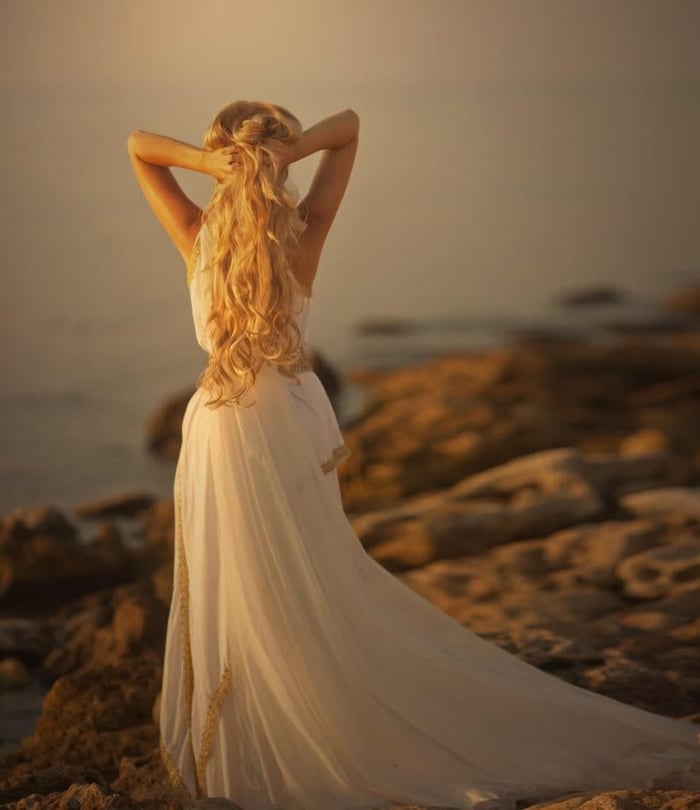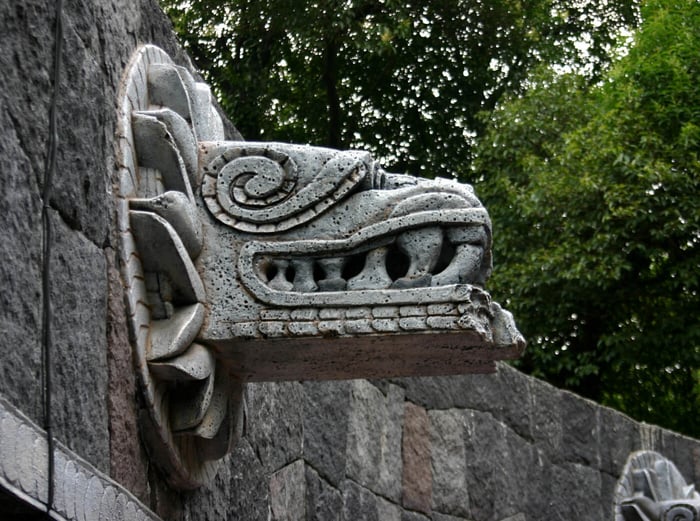Faery, fair folk, little folk, and fae… the mythical creatures we primarily know as “faeries” have just as diverse an origin as they do a name.
Throughout Celtic, Germanic, Slavic, and English folklore, we see the being known as “faery” pop up time and time again.
But who are the faeries really? And where did they come from?
Faeries—as the myths say—are small, usually invisible, non-human spirits that linger in the hidden and in-between places—most often found in nature. They can be benevolent or malevolent, and are believed to be enchanted creatures of magical abilities—often using that magic to cause a whole lot of mischief.
Now whether faeries are the harmless mischief-makers, the little helpful spirits that can be called upon when favor is gained, or perhaps even something far more dangerous and deadly, the folklore can’t decide.
Nearly every popular source of faerie mythology paints these enchanted little folk in a different light.
Some Celtic myths pose that the faeries originated from the Tuatha de Dannan—an ancient god-like race of folks that were driven out of the towns and into the hills and woods of ancient Ireland.
While other Celtic myths believed that faeries are simply tree spirits—the grand personification of nature itself!
Some later sects of Christianity believed faeries to be a kind of demoted angel—a not quite demon and not quite angel brought to a position of less power on earth.
While some earlier sects of Christianity believed faeries weren’t angelic in nature at all, but rather demonic in their origin. This belief became more popular with the rise of Puritanism in the 17th century—where anything even remotely related to paganism was simply deemed “demonic”.
In some Scandinavian myths, the faeries are divided into two groupings of light and dark—with each type living in a different spiritual realm, but with both considered to be spirits of either unknown or ancestral origin. Again, the folklore can’t quite decide.
In Roman mythology, we often see faeries as a kind of household or hearth spirit—taking up the role as guardian of the home.
And some modern pagan myths even suggest that faeries are simply the pagan Gods of old—forced to flee and live in hiding after Catholicism and Christianity swept through Europe.
While we may never know the exact origin of this mysterious race of magical folk, the power of their legend has lived on through centuries of rich history and (alleged) sightings.
Whether they truly be fair or dark or simply armed with a bit of mischievous flair, the faeries are a folk that has inspired awe and curiosity throughout generations of believers.
And if you are one of those believers then fear not, dear reader—for this was just the beginning of our journey into the magical and curious world of the faery…









